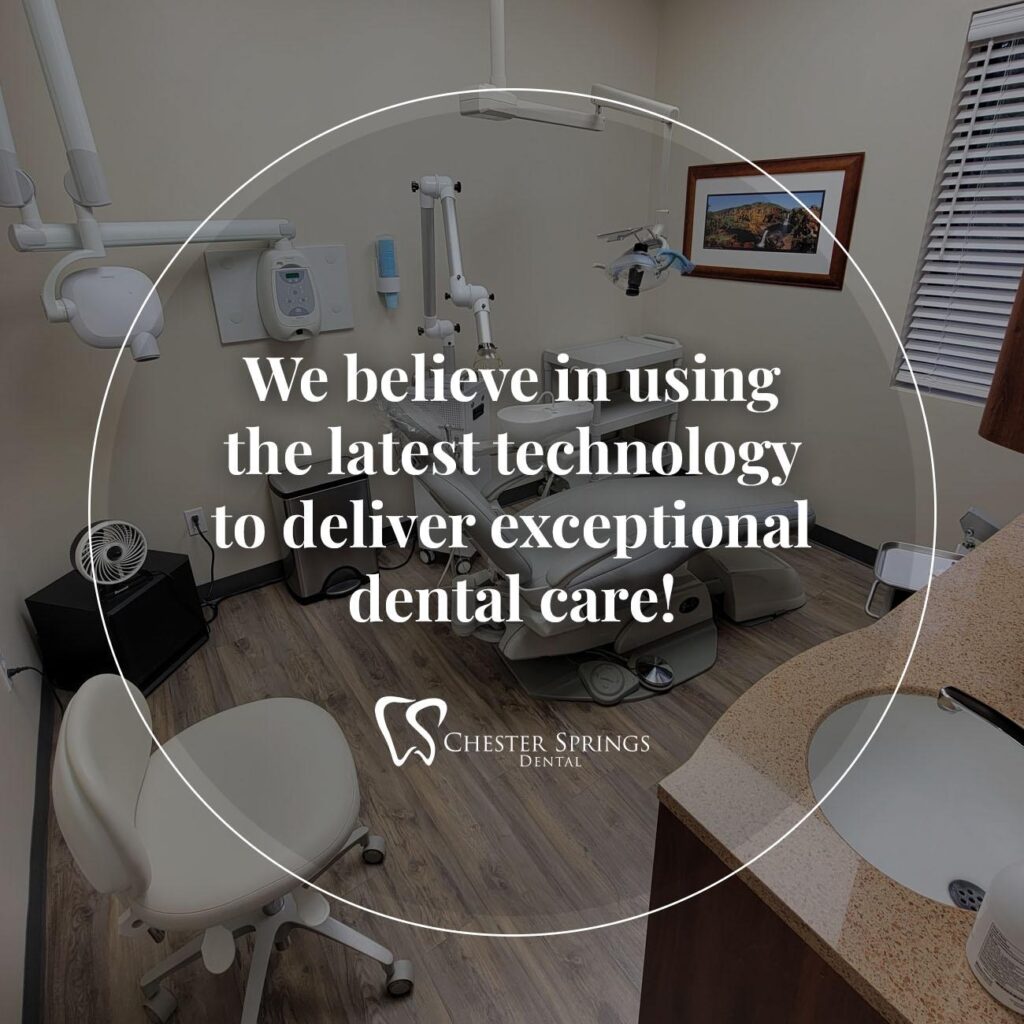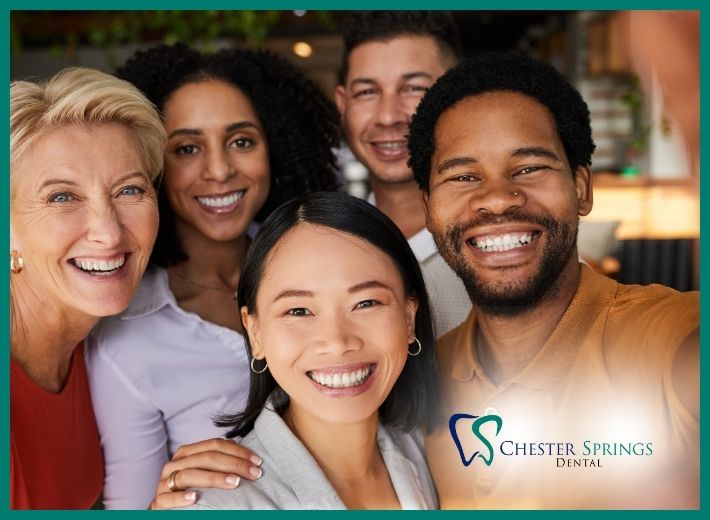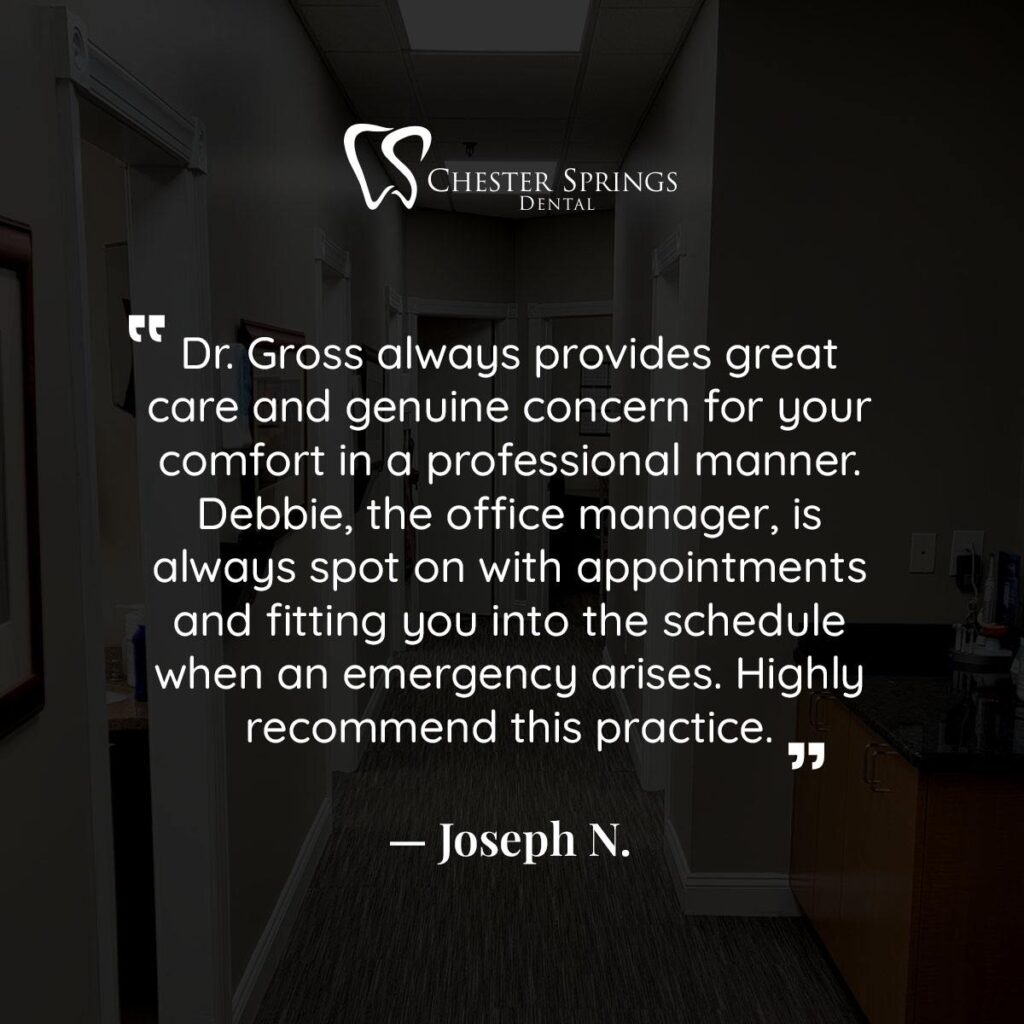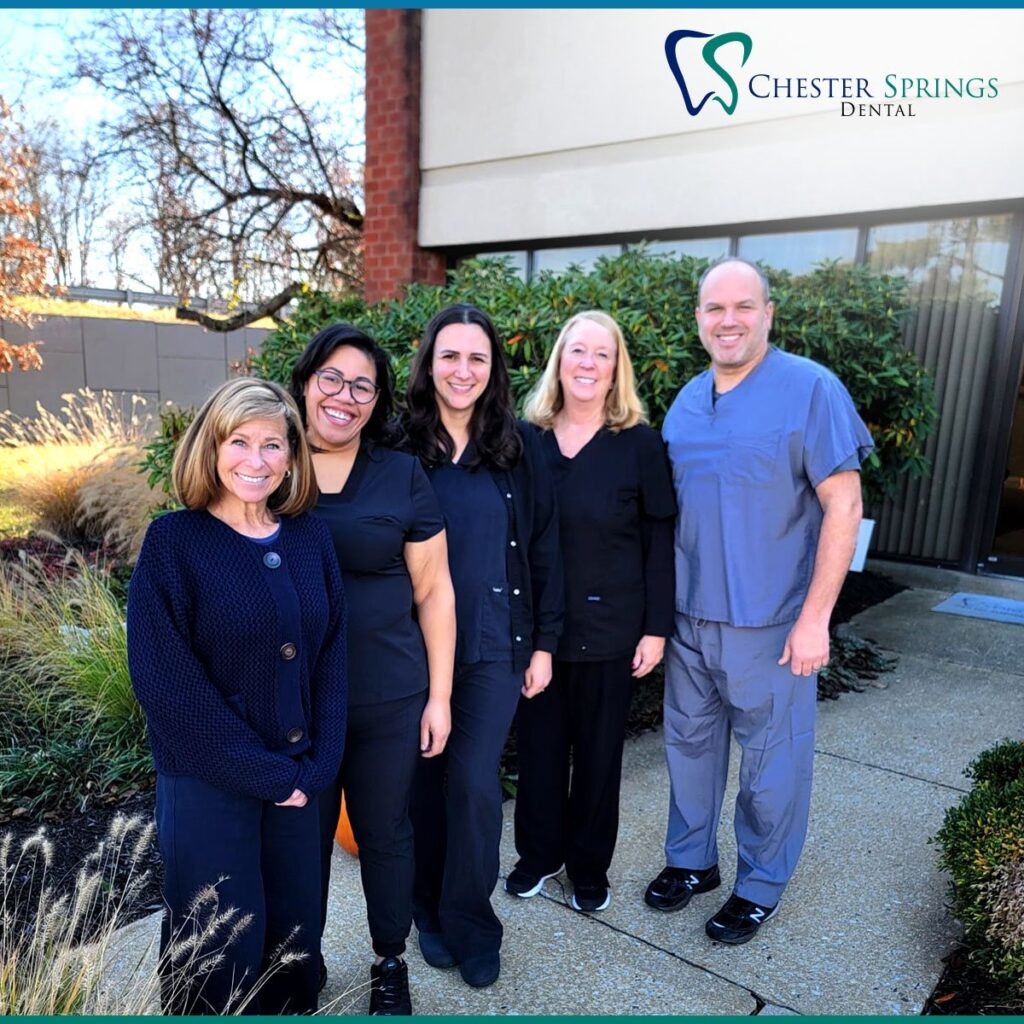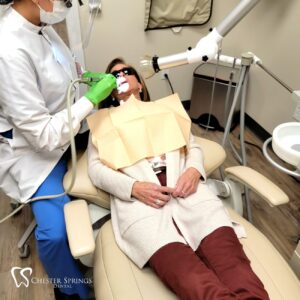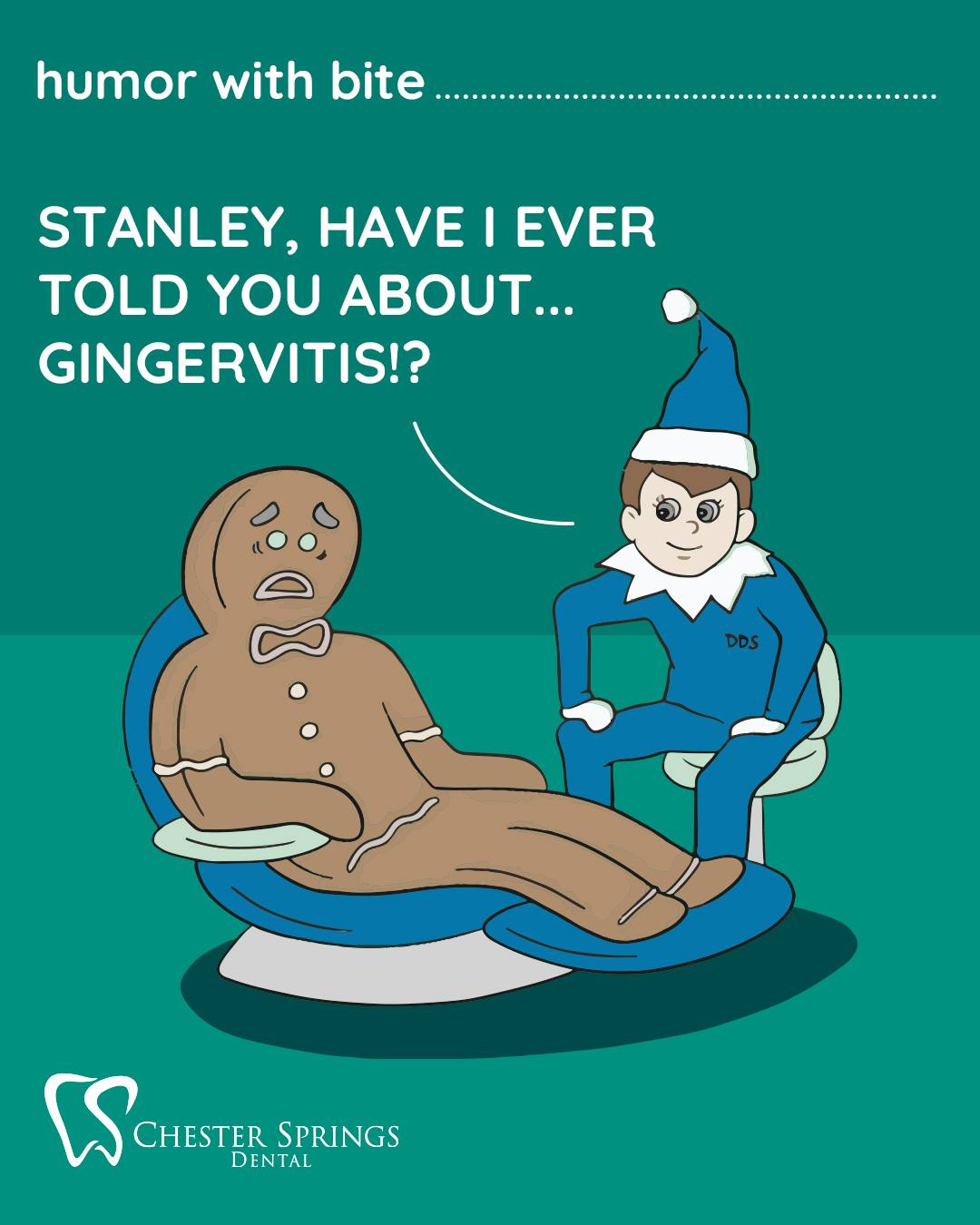A chipped tooth can happen in an instant—whether from a hard bite, a fall, or gradual wear over time. While it may seem minor, even small chips can affect your smile’s appearance and your overall dental health if left untreated. At Chester Dental in Exton, PA, Dr. Richard Gross and his experienced team specialize in cosmetic and restorative treatments designed to restore your teeth’s strength, function, and beauty with precision and care.
Dental Bonding: A Quick and Seamless Fix
One of the most effective and minimally invasive solutions for a chipped tooth is dental bonding. This procedure uses a tooth-colored composite resin that is carefully sculpted, shaped, and polished to match your surrounding teeth. Dr. Gross customizes the color and contour of the resin for a seamless, natural-looking result. Dental bonding is a fast, affordable, and pain-free option—often completed in just one visit—with no anesthesia or drilling required.
In addition to restoring aesthetics, bonding strengthens the affected tooth and prevents further damage. It’s an excellent choice for small to moderate chips, gaps, discoloration, or worn edges. Over time, with proper care and routine checkups, bonding can last for many years, helping maintain your confident smile.
Dental Veneers: The Long-Term Aesthetic Upgrade
For patients seeking a more durable or aesthetic enhancement, dental veneers offer a premium solution. Veneers are ultra-thin, custom-made porcelain shells that cover the front surface of your teeth to correct chips, cracks, uneven edges, or discoloration. At Chester Dental, Dr. Gross uses high-quality materials that mimic natural enamel’s translucency and strength, delivering long-lasting beauty with remarkable precision.
Veneers not only fix chips but also reshape and brighten your entire smile, making them a top choice for patients who want a complete cosmetic upgrade. Once placed, veneers are incredibly resistant to staining and can last over a decade with proper care. Combined with professional bonding and whitening, they create a radiant, camera-ready smile.

Other Treatment Options for a Chipped Tooth
Depending on the severity of the chip, other treatments may include:
- Polishing or Enamel Contouring: For smoothing out small chips and rough edges.
- Crowns: Full-coverage restorations for major fractures that restore strength and function.
- Inlays/Onlays: Conservative alternatives to crowns for moderate damage.
- Fragment Reattachment: If you have the chipped piece, Dr. Gross may be able to reattach it.
- Root Canal & Crown: For deeper chips that reach the tooth’s nerve, ensuring long-term protection.
 Restore Your Smile with Confidence
Restore Your Smile with Confidence
A chipped tooth doesn’t have to compromise your confidence or comfort. Whether you need a same-day dental bonding repair or a long-lasting smile makeover with veneers, Dr. Richard Gross and his team will guide you toward the ideal treatment for your needs and goals.
Call (610) 524-9530 today to schedule your consultation and discover the best way to repair, enhance, and protect your smile.
Follow us on Instagram @chesterspringsdental for expert advice, real results, and the latest in modern cosmetic dentistry.



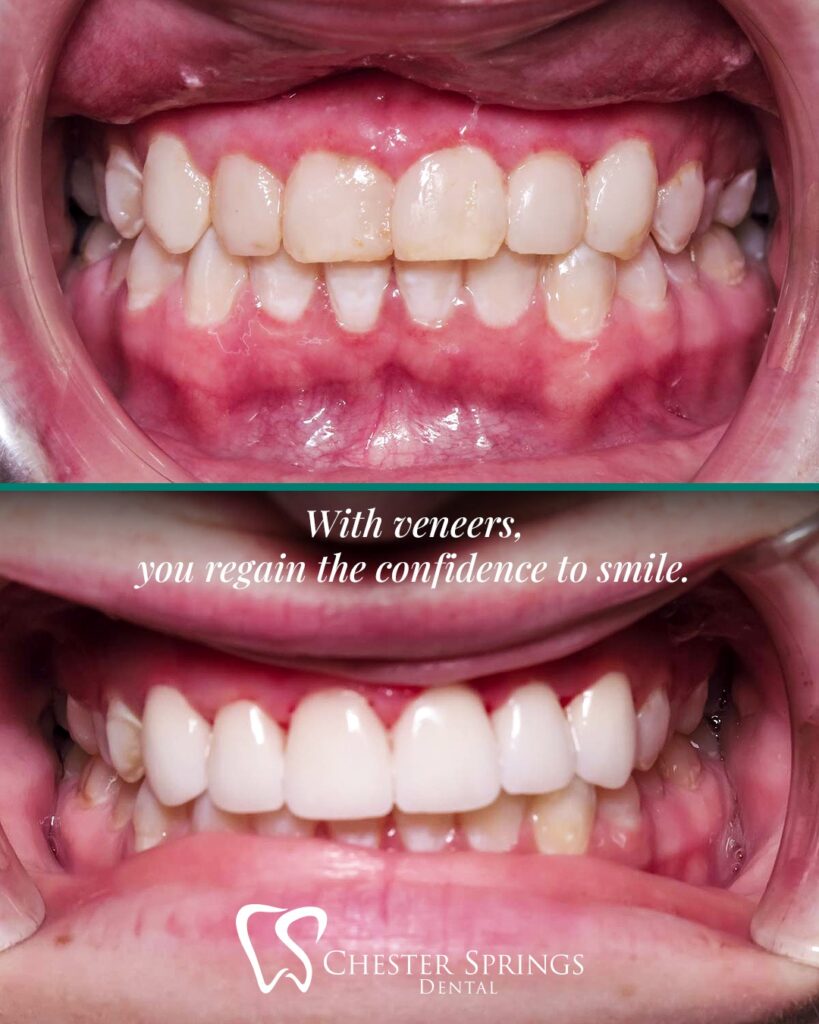 Restore Your Smile with Confidence
Restore Your Smile with Confidence
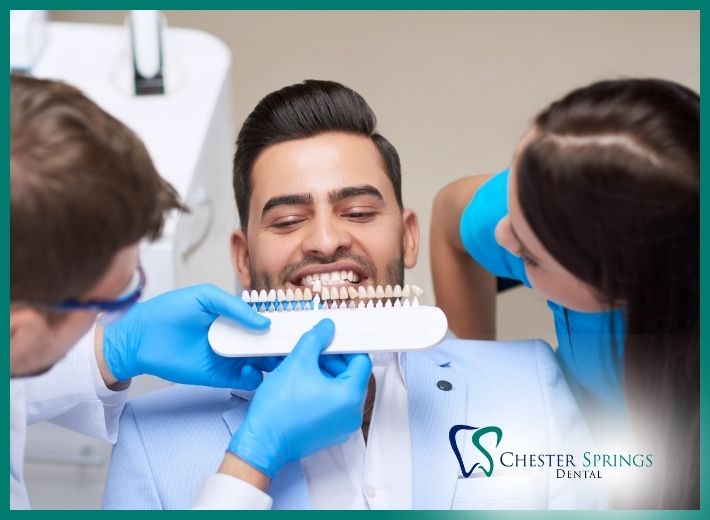
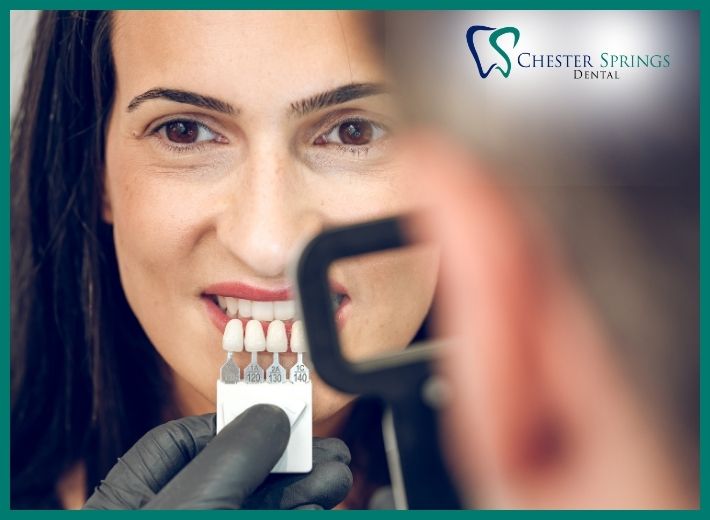

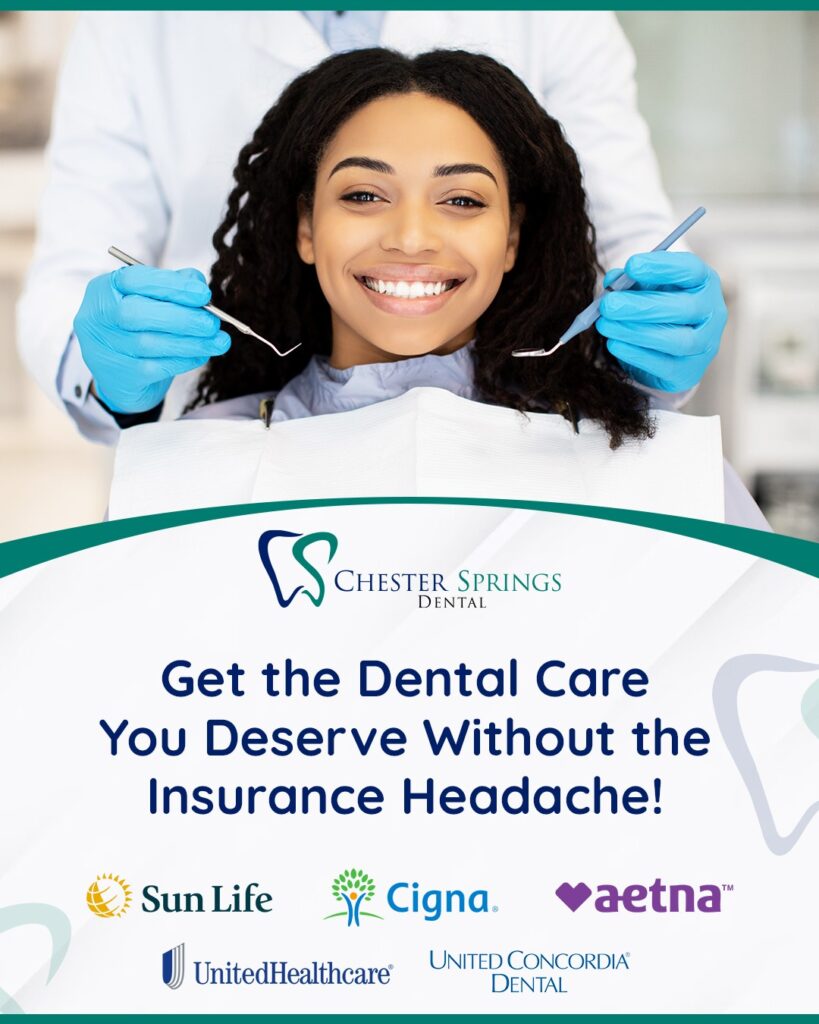


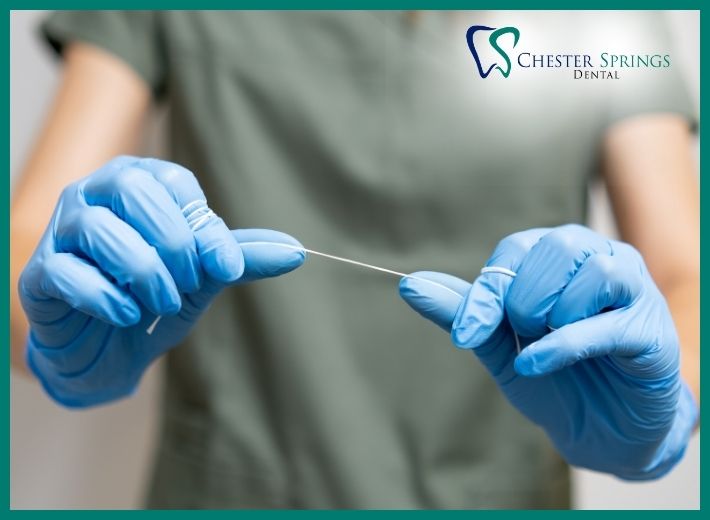
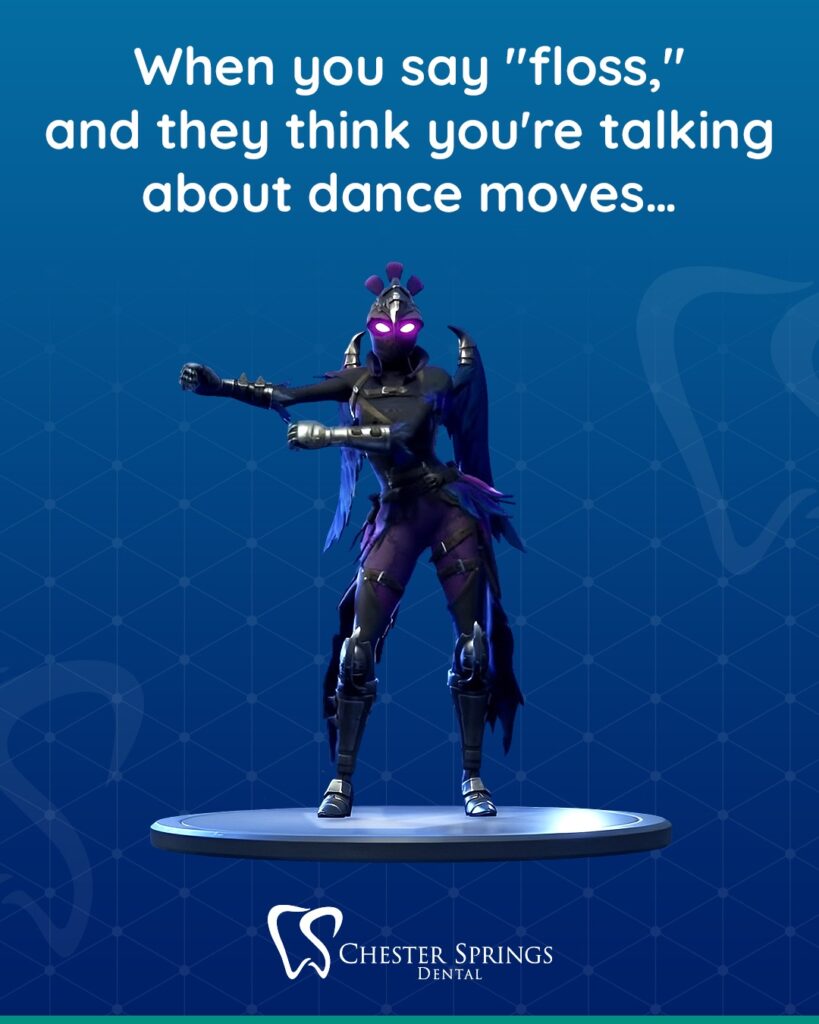


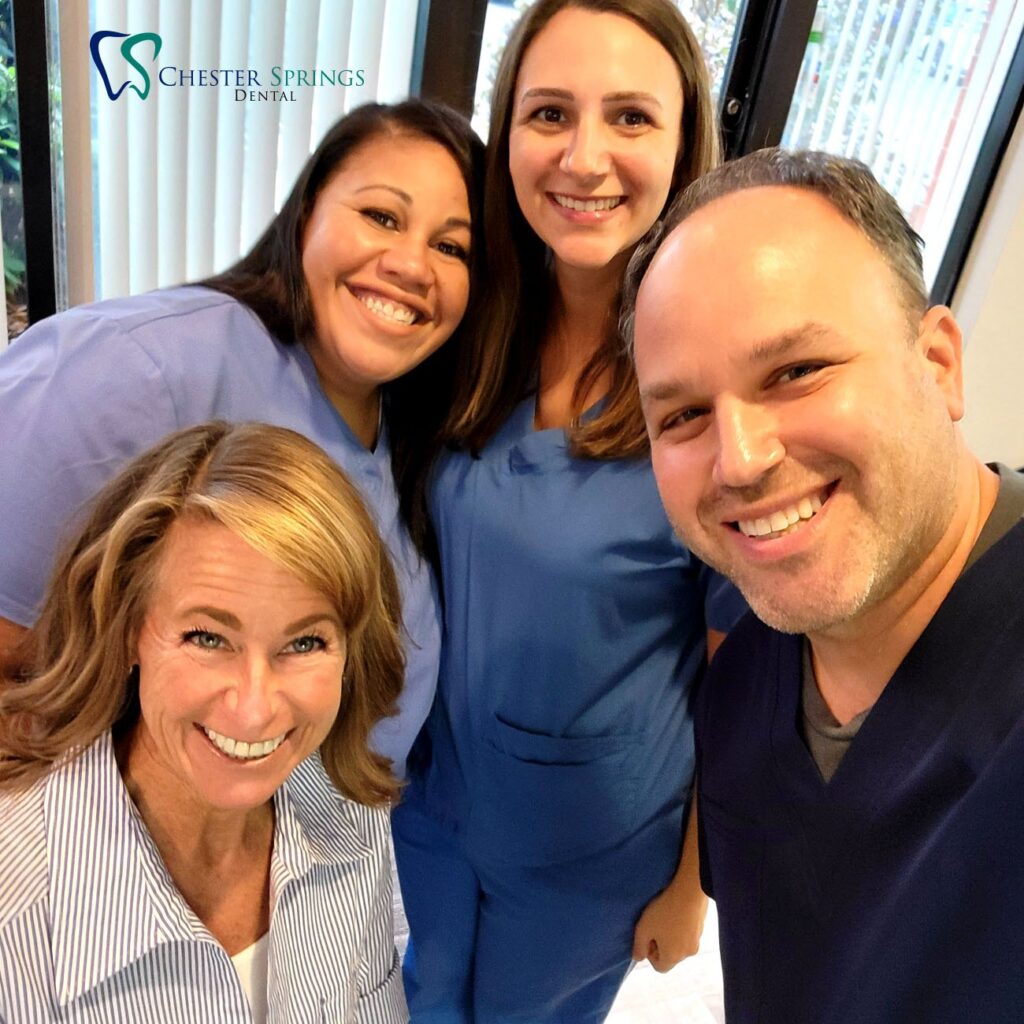


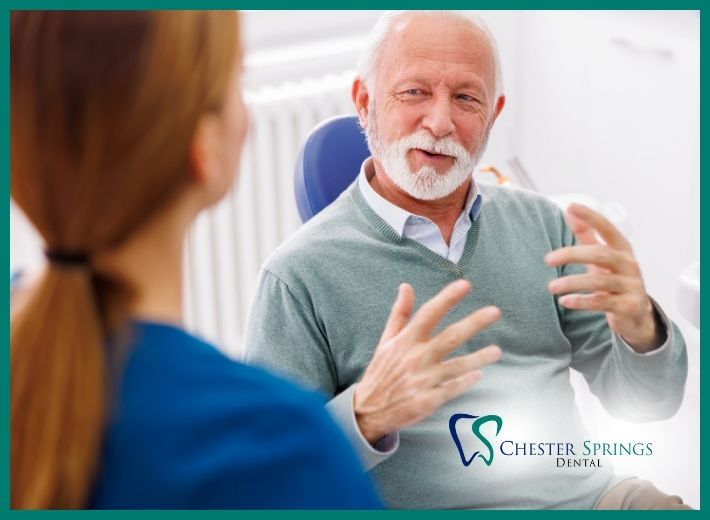
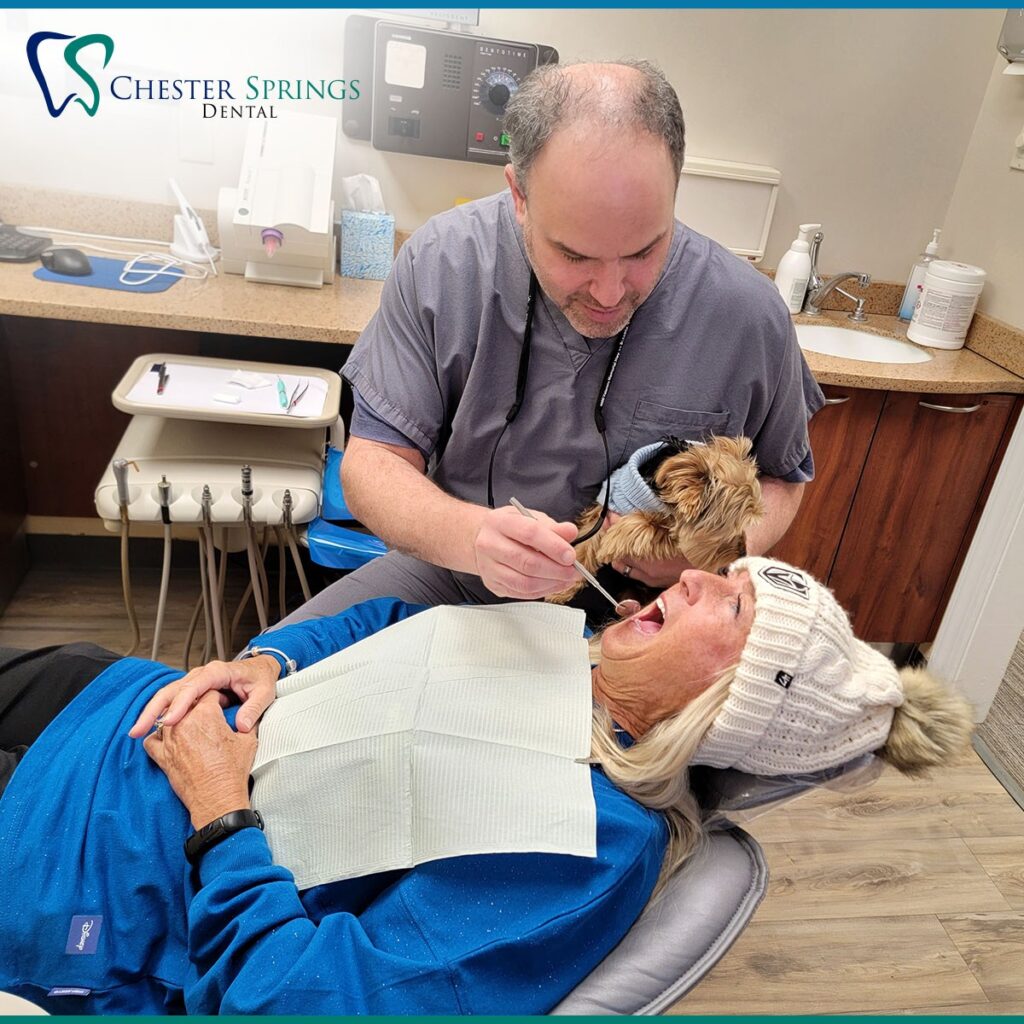 When is an oral cancer screening recommended?
When is an oral cancer screening recommended?